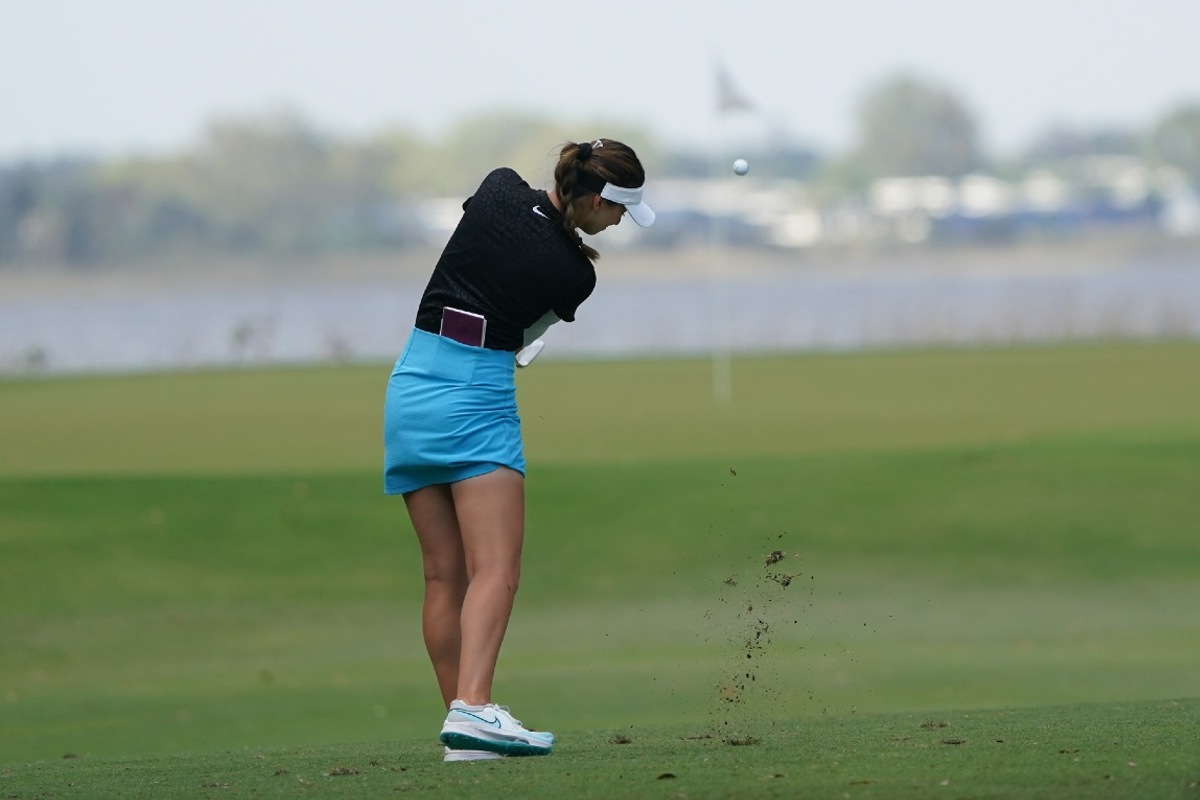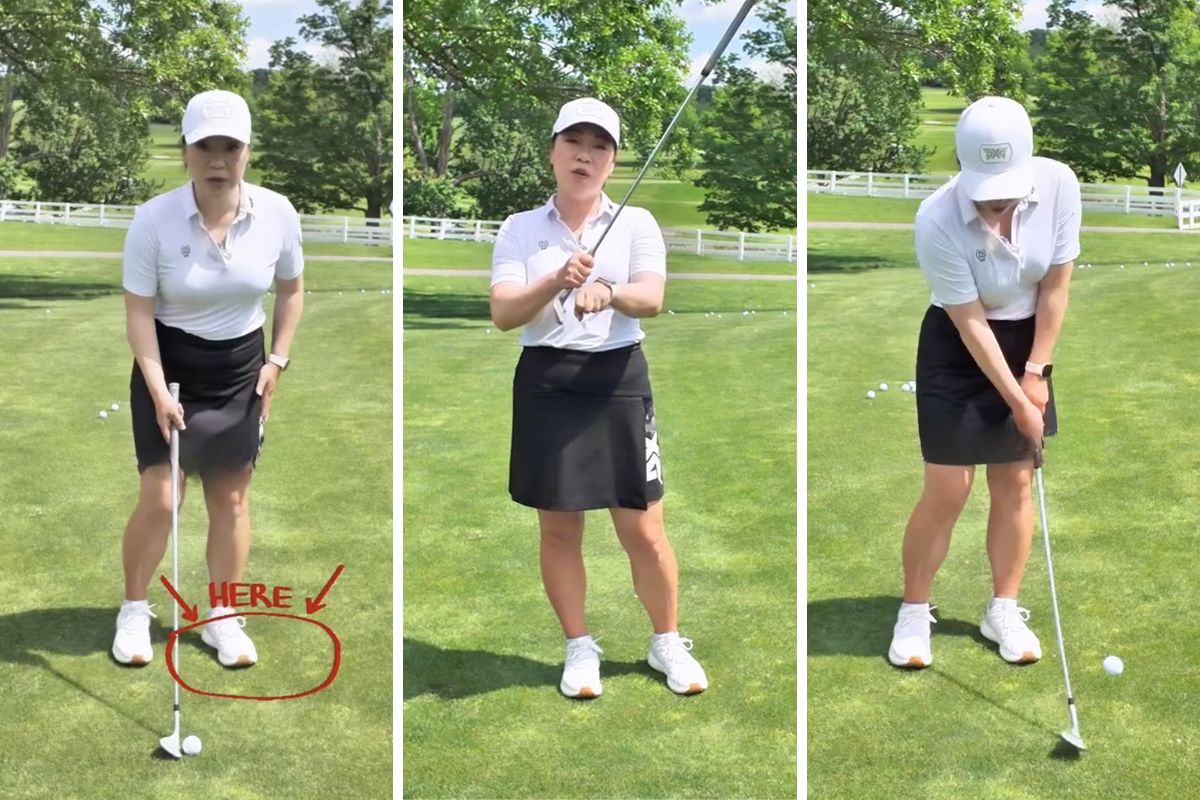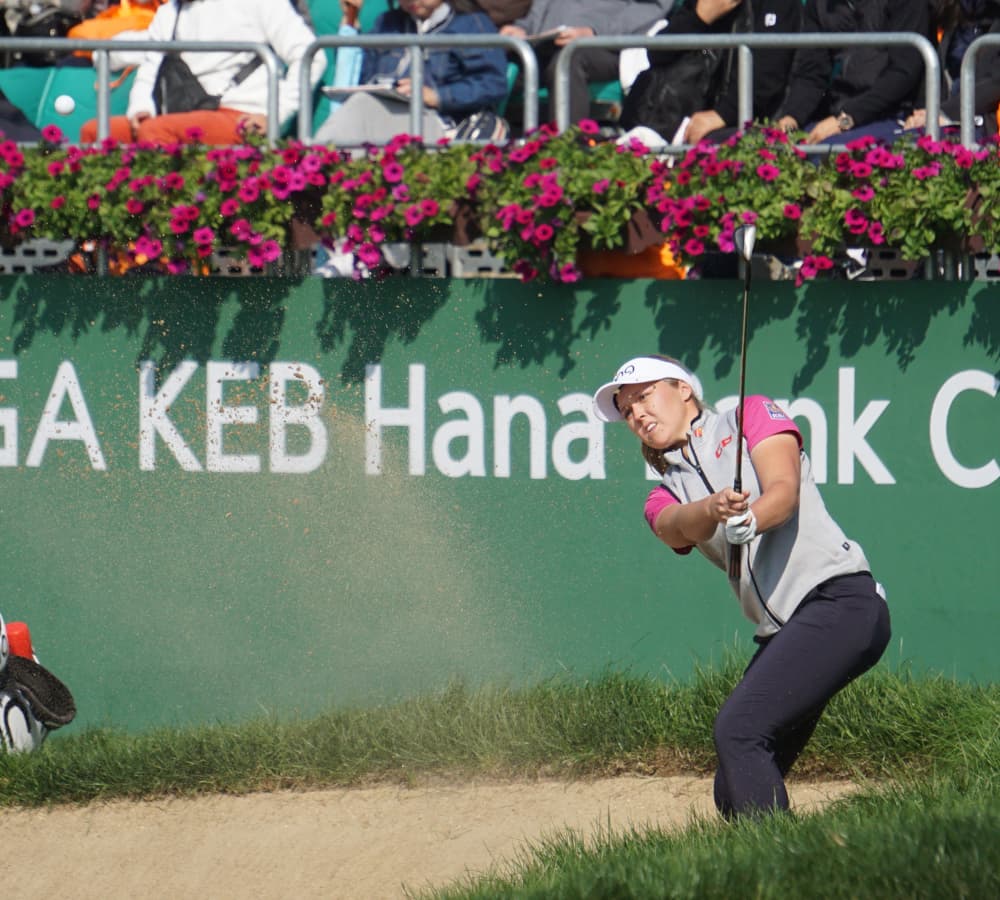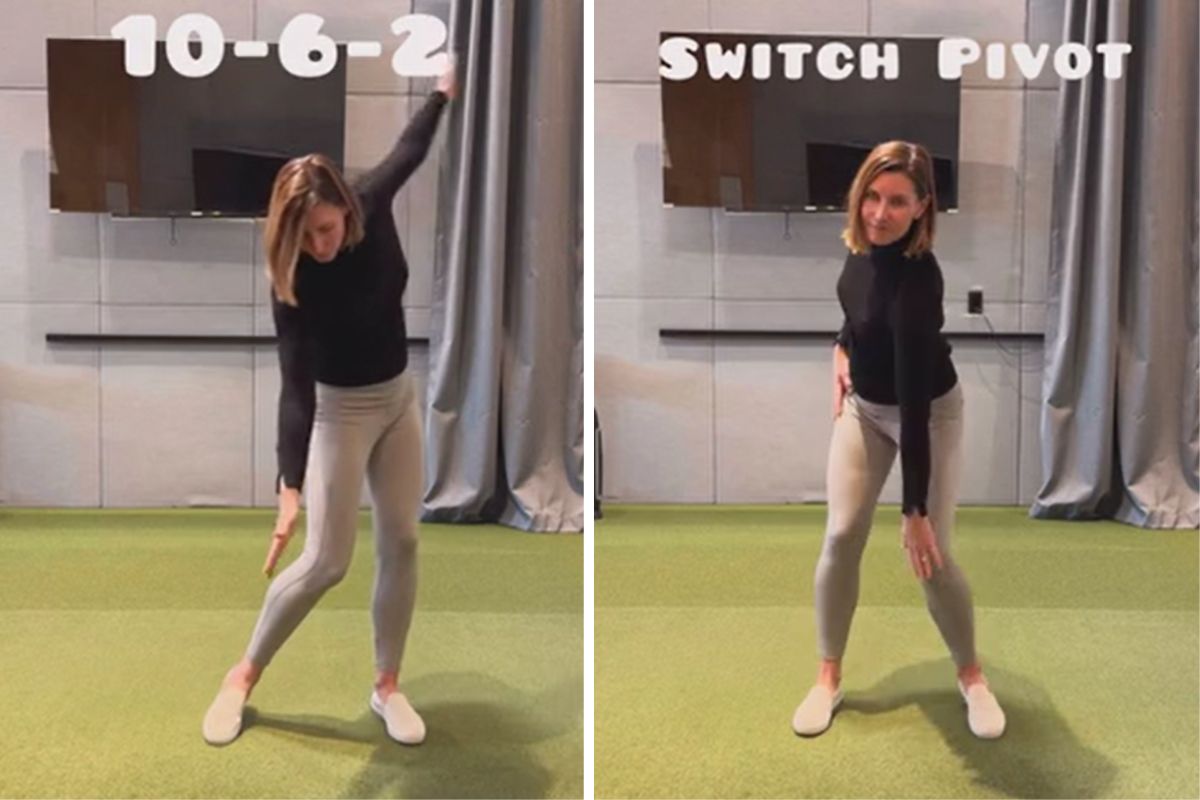Many of us are getting our golf games ready for a busy Summer Season. As students come to the lesson tee, I often hear that they would like to hit the ball farther. Most do not have unrealistic expectations for distance, rather they feel they have some “power leaks” in their golf swing, contributing to inadequate and inconsistent distance.
After watching a few swings, it can be obvious if there are some things contributing to a “power leak”. Looking at a few possibilities may help you to hit the ball farther, a wonderful thing if you are using effortless power and not sacrificing direction. We would like to swing the club to hit the ball, building clubhead speed through efficient use of the body, arms, and hands. Think about the following in your golf swing to determine if you can hit the ball farther.
YOUR GOLF CLUBS
Be sure that your equipment fits you, especially in terms of shaft and lofts on your woods. If your shafts are too stiff for how you swing, you will have difficulty creating speed smoothly…you will have to work harder to load and unload the shaft, an important thing for creating distance.
Additionally, if you are playing with too little loft in your woods, you may be sacrificing distance due to loss of trajectory…there is a relationship between carry and roll on a well executed tee shot.
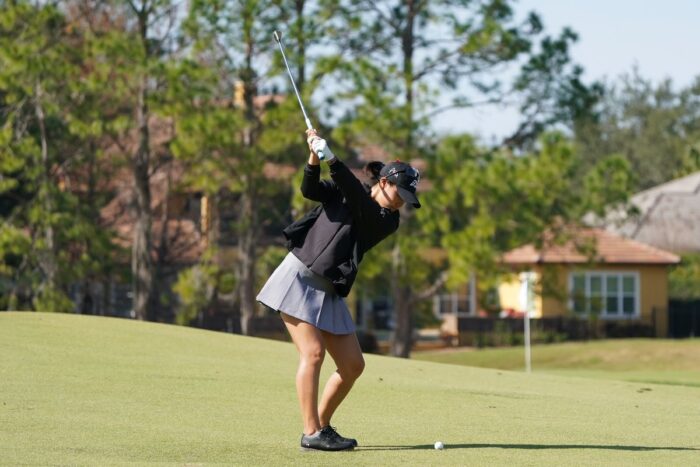
THE CORRECT PIVOT
The proper pivot is a compound action entailing a lateral movement of the hips in either direction (up and down on the diagonal), shifting of weight (going from a 2 foot balance at address, to a right foot balance, and then to a left foot balance), turns on the backswing and downswing, and rotations around an inclined spine. During the backswing, the right hip tilts upward and moves laterally to the right until the hip socket is over the right ankle and in the downswing, the left hip tilts upward while moving laterally towards the target. During both of these “shifts”, the top of the spine remains in a fixed position, acting as a fulcrum for the swing. It does not move laterally along with the hips.
A good pivot, essentially, is a shift, turn, shift, turn sequence. This order of movement is a continuous flow that uses momentum to create clubhead speed Doing this will get your weight working for you through the impact zone, increasing clubhead speed. A proper pivot could mean a better back for golf too. Do not confuse the pivot with a “sway”…this motion happens when the top of the spine slides away from the ball on the backswing, creating a “metronome” type of motion instead of the desired “pendulum” motion.
USE OF THE ARMS
To understand and achieve the proper use of the hands and arms to create power for distance in the golf swing, we need to be set up in balance. This will help to keep the club on plane throughout the swing. The golf swing is a circular motion, not a linear motion. To create this, allow a SLOW roll of the left arm (pronation), done from the upper arm on the takeaway. The chest/shoulders turning will then set the golf club on plane easily and correctly.
On the downswing, the left arm will unroll with the uncoiling of the upper body to return the golf club squarely to the ball. The right hand must conform to the action of the left arm and turn so that you can get into a “throwing position” for power. Thus, the right hand, forearm, and wrist work together to keep the arm behind the shoulder (feeling the hit off of the right side instead of in front of you) for the “throw” around the circle.
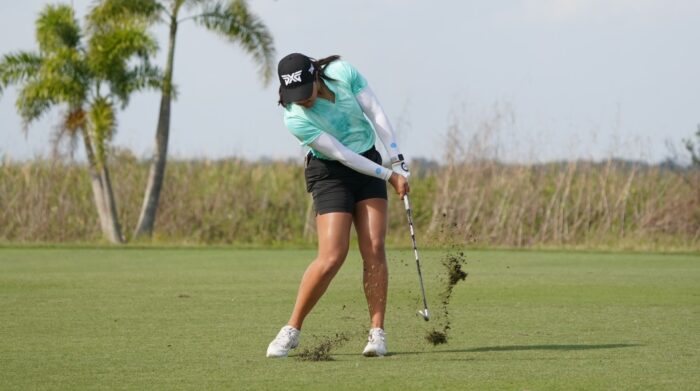
USE OF THE HANDS/RELEASE
It is my opinion that you cannot delay the release of the hands…if you do this, the clubhead would not catch up to the hands and you could easily block the shot or you have to “flip” your hands to get the golf club square at impact. If you will allow your right hand to work “up then over” you will use this important lever for power and accuracy in the swing. The stimulus of this action starts at the top of the swing, the response is the accelerating clubhead, and the reaction comes at impact. This must be done with the body turning back into the ball or it will seem like “casting”.
Imagine a baseball pitch: throw the clubhead with the right hand as you unfold your right elbow…except you throw underhanded. Doing this creates magnificent clubhead speed, utilizing the full effects of gravity. In essence, the conscious delay of the uncocking of the hands slows down the natural pendulum motion of the club. This is a big waste of energy. When you throw the clubhead at the ball and shift your weight to the left foot, the only delayed motion is the turning of the face of the golf club back into the ball. The delayed motion is not the release, but the slow roll of the upper left arm and the unfolding of the right elbow to square the blade at impact.
The hands are an independent action of the golf swing…the arms are swinging with the turn of your torso. Thus, do not lock your hands to your arms…you will be unable to advance the shaft on both sides of the swing, enabling you to hit a golf ball more powerfully and more freely.
In summary, the combination of the compound pivot, shoulder/chest turn of 90 degrees (where your left shoulder passes under your chin), and the throwing action of the clubhead will create a controllable, yet powerful swing. This can be, believe it or not, simply done if you can set up in balance and understand then execute the correct order of movement as the body is designed so that you can hit the ball farther with less effort. Players at the highest level do this with ease…it can’t be about getting big and strong physically or players like Charles Howell wouldn’t hit the ball so powerfully.
This is the goal I have for my students…effortless power. I hope that they get complimented (after they have hit a long and accurate shot) on their golf SWING, not golf HIT.
Feature Photo: Gabi Ruffels at the 2023 Florida’s Natural Charity Classic. All photos in this lesson taken by Ben Harpring.

